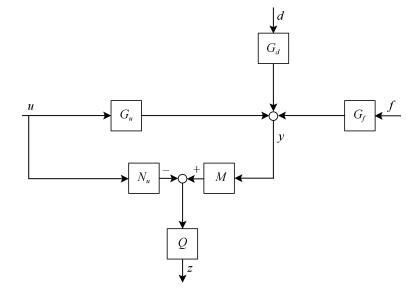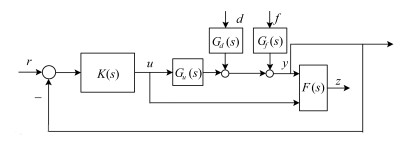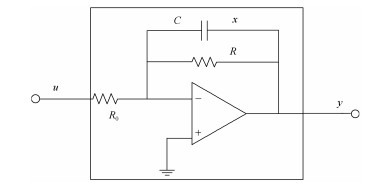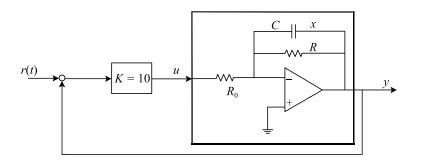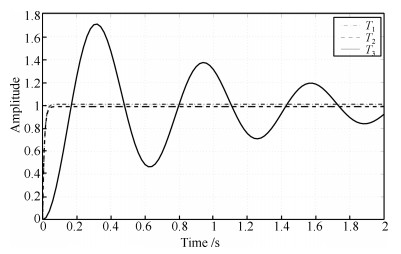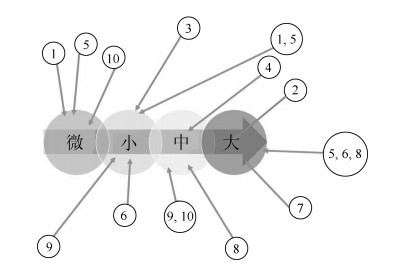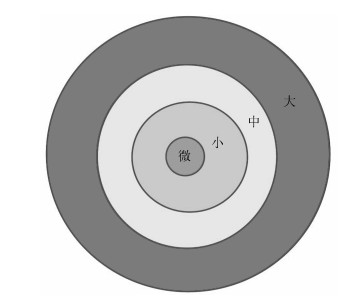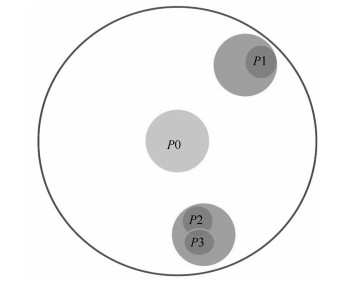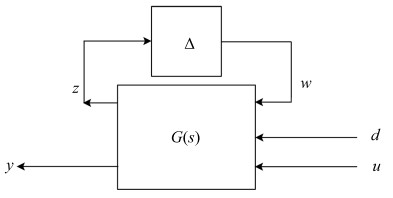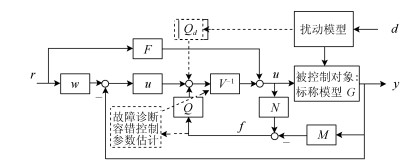|
[1]
|
Chen J, Patton R. Robust Model-Based Fault Diagnosis for Dynamic Systems. Springer, 1999.
|
|
[2]
|
Ding S X. Model-Based Fault Diagnosis Techniques -Design Schemes, Algorithms and Tools. 2nd Edition, Springer-Verlag, London, 2013.
|
|
[3]
|
Ding S X. Data-Driven Design of Fault Diagnosis and Fault-Tolerant Control Systems. Springer-Verlag, London, 2014.
|
|
[4]
|
Zhou K. Essentials of Robust Contro. Prentice-Hall, Englewood Cliffs, NJ, 1998.
|
|
[5]
|
Liu N, Zhou K. Optimal robust fault detection for linear discrete time systems. Journal of Control Science and Engineering, 2008, 2008(7): 1-16 http://ieeexplore.ieee.org/document/4434125/citations
|
|
[6]
|
Li X, Zhou K. A time domain approach to robust fault detection of linear time-varying systems. Automatica, 2009, 45(1): 94-102 doi: 10.1016/j.automatica.2008.07.017
|
|
[7]
|
Vinnicombe G. Uncertainty and Feedback: Hinf Loop-Shaping and the V-Gap Metric. World Scientific, 2000.
|
|
[8]
|
Zhou K, Ren Z. A new controller architecture for high performance, robust, adaptive, and fault tolerant control. IEEE Transactions on Automatic Control, 2001, 46(10): 1613-1618 doi: 10.1109/9.956059
|
|
[9]
|
Zhou K. A new approach to robust and fault tolerant control. Acta Automatica Sinca, 2005, 31(1): 43-55
|
|
[10]
|
周克敏. 鲁棒控制: 回顾与展望(黄琳院士主编《中国学科发展战略: 控制科学》第十二章). 科学出版社, 2015.Zhou K M. Robust control: Retrospect and prospect, (Huang Lin as Editor-in-Chief of the Chinese Discipline Development Strategy: Control Science, Chapter 12), Science Press, 2015.
|
|
[11]
|
Ding S X, Yang, Y, Zhang Y, Li L. Data-driven realization of kernel and image representations and their application to fault detection and control system design. Automatica, 2014, 50: 2615-2623 doi: 10.1016/j.automatica.2014.08.022
|
|
[12]
|
Ding S X. Application of factorization and gap metric techniques to fault detection and isolation, Part Ⅰ and Part 2. IFAC Conference Paper Archive, 2015, 48(21): 113-124 http://www.sciencedirect.com/science/article/pii/S2405896315016420
|
|
[13]
|
Georgiou T T. On the computation of the gap metric. Systems and Control Letters, 1988, 11: 253-257 doi: 10.1016/0167-6911(88)90067-9
|
|
[14]
|
Georgiou T T, Smith M C. Optimal robustness in the gap metric. IEEE Transactions on Automatic Control, 1990, 35: 673-686 doi: 10.1109/9.53546
|
|
[15]
|
Koenings T, Krueger M, Luo H, Ding S X. A data-driven computation method for the gap metric and the optimal stability margin. IEEE Transactions on Automatic Control, 2018, 63(3): 805-810 doi: 10.1109/TAC.2017.2735023
|




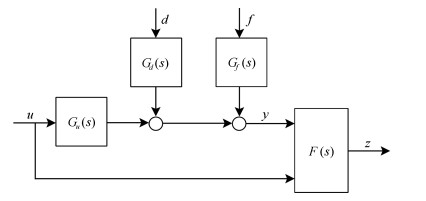
 下载:
下载:
